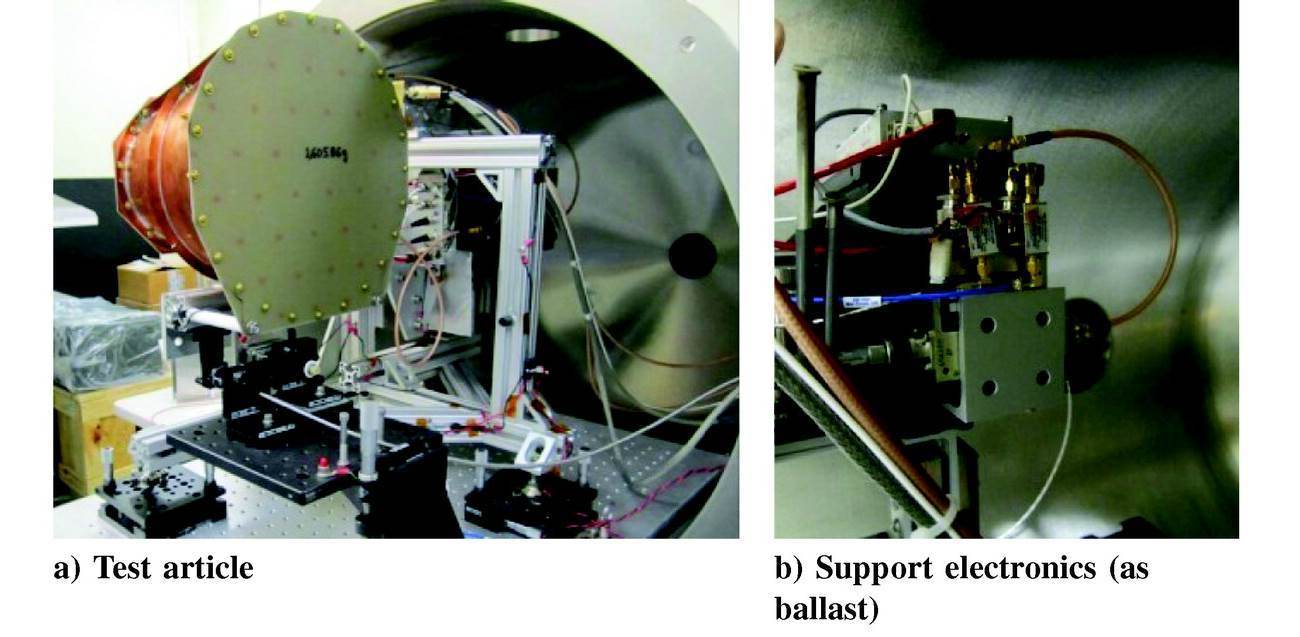A fuel-free engine is the stuff of science fiction for now, but scientists at NASA Eagleworks have published a peer-reviewed paper that suggests the ideas behind an EM Drive are worth testing further. Researchers at Eagleworks, a small NASA team tasked with testing humanity’s wildest theories of spaceship propulsion, were able to produce thrust without any kind of propellant, in a vacuum, as they published this weekend in ARC.
An EM Drive produces thrust without fuel, instead using microwaves that bounce around a conical, enclosed device. According to the theory, the momentum of those bouncing microwaves is higher at the wide end of the engine, which means the whole system should experience thrust. Eagleworks researchers demonstrated this theory with their recent experiments, generating a force of 1.2 ± 0.1 mN/kW, which is “significantly higher than what you would expect from photon thrust,” according to astronomer Scott Manley.
[embedded content]
Now that the methodology has passed peer review, the debate over the feasibility of an EM Drive is back in full swing. If humans harnessed this kind of power, it could enable rapid-fire space travel. We’re talking trips to Mars in 41 days here. However, this thing is called the “impossible drive” for good reason: It breaks a few laws of physics, including conservation of momentum and Newton’s Third Law.
The Eagleworks paper is not proof that the EM Drive is possible. Researchers note that they can’t account for all potential sources of error and there’s still no explanation for the thrust they observed. A peer-reviewed paper is, if nothing else, a flicker of hope and a call for more experimentation.








